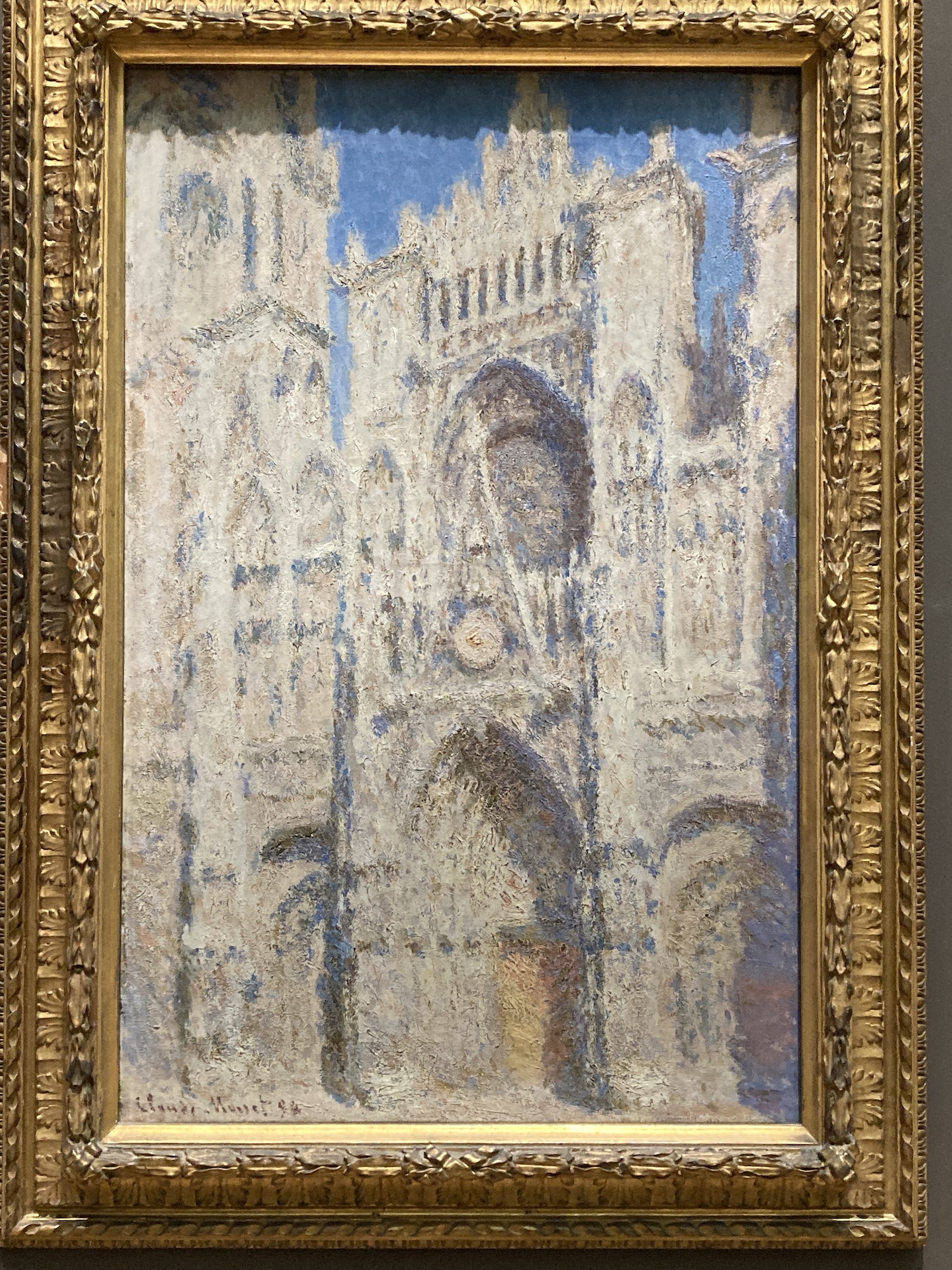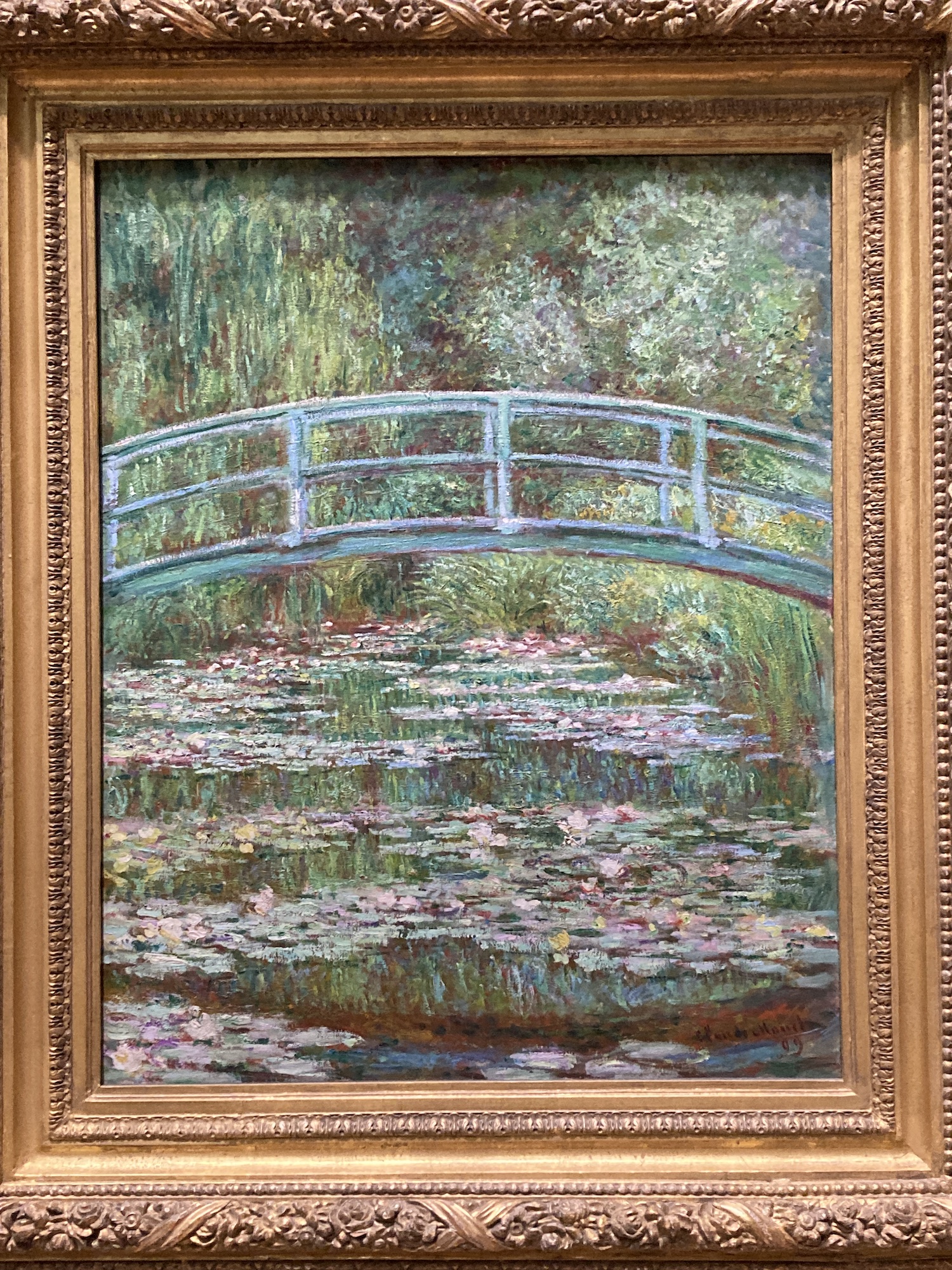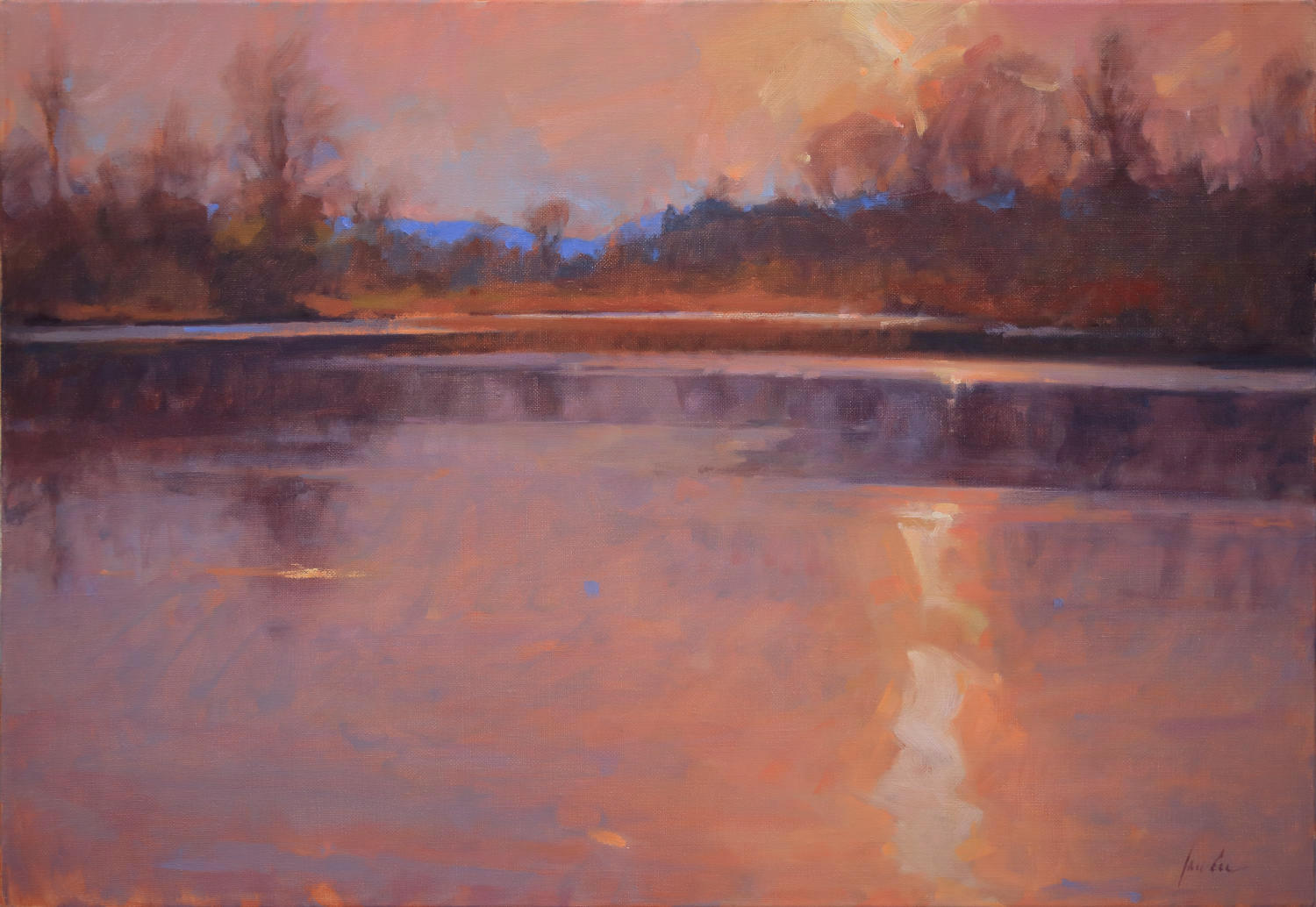This past week, Nancy and I spent a few days in Philadelphia. I hadn’t been there since the World Science Fiction Convention of 2001 (known, I kid you not, as Millennium PhilCon — think of the name of Han Solo’s ship…). Nancy had never been.
We ate well, did a lot of walking and exploring, and had a wonderful visit, despite triple-digit heat for our first two days there. We visited the Barnes Foundation — a fabulous art museum. We went to Philadelphia’s Magic Garden, which, for those unfamiliar with fully immersive art environments, is really worth a visit. It is an art installation, indoors and out, that makes use of broken plates and bottles and glass, parts of old bicycles and household items, folk art from around the world, and original work by the founding artist, Isaiah Zagar, to create a cityscape that is stunning, whimsical, thought-provoking, and truly awe-inspiring. We went to a Phillies game Friday night, which was really fun and ended in a thrilling, come-from-behind win for the home team.

And, of course, we went to Independence Park in the old city, not far from where we stayed. There, we saw the Liberty Bell, the Museum of the American Revolution, and Independence Hall, where the Declaration of Independence, the Articles of Confederation, and the U.S. Constitution were signed in 1776, 1777, and 1787 respectively.
It is easy to glorify the founders. We do it every day in this country. We focus on their brilliance, and many of them were brilliant. We celebrate their courage, and as a group they were quite brave. We marvel, with cause, at their creativity and their understanding of history and political thought. Their achievements — the eloquence of the Declaration, and the elegance of the representative republic envisioned in our Constitution — deserve to be celebrated.
But it is also necessary, especially in this historical moment, as our system of government staggers through the authoritarian nightmare of this current Administration, to remember that the Continental and Constitutional Congresses were riven by sectional conflict, competing interests, cross-cutting rivalries that bred suspicions and hostilities. We cannot ignore the fact that too often the Founders chose to follow their basest instincts: their racism, their classism and snobbery, their dismissal of women’s concerns and opinions. For all their brilliance and courage and creativity, they were deeply human. They were stubborn, prideful, set in their ways and defined by their times. They were bigots, many of them. They were driven by their hunger for power and influence. And, understandably, they could not foresee many of the problems that arose as the nation they created moved from infancy to childhood to adolescence to adulthood and beyond.
They saddled us with the Second Amendment, counted slaves literally as less than human, and ignored women altogether. They laid the groundwork for the Civil War, and ultimately built a system that is completely dependent on the pure motives and good will of their political heirs. Their naïveté, it turns out, may prove to be too much for today’s leaders to overcome. They never imagined that a man driven solely by self-interest and ego, someone who cares not a whit for the democratic principles they honored, could ever find his way to the highest office in the land. Had they managed to imagine a man like our current President, they would have created a very different government.

But here is the point, the thought that buoyed me as we stood before the Liberty Bell, and gazed upon the desks where Madison and Franklin, Hamilton and Washington, Dickinson and Morris and Sherman and so many others did their work: For all their faults, and despite all that divided those congresses more than two centuries ago, they managed to build the country of which they dreamed. Yes, it is flawed as they were themselves. Yes, the mistakes they made in writing the Constitution have precipitated catastrophes that have threatened to tear the nation to pieces. And yes, we have seen villains before, men who have sought to exploit the weaknesses of what the Founders built — the Palmers (Attorney General A. Mitchell Palmer — look him up) and McCarthys, the Hardings and Nixons. Is Trump worse than these others? Maybe. He’s greedier, less of a patriot, more corrupt. He’s also far less intelligent than any of the others, which gives me hope.
As a nation, we have careened from crisis to crisis. And yet, here we are still. Most other nations have been through every bit as much as we have over the past 250 years, if not more. Our system is messy and inefficient. At times it is anti-democratic. It fosters the same bigotries that ailed the Constitutional Congress two and a half centuries ago. And today it faces threats that are terrifying and unprecedented. As I stood in Independence Hall, though, I found myself believing — truly believing — that we as a nation would survive this newest crisis, that the country created all those years ago by men of imperfect genius would not be undone by a two-bit, tin-pot dictator and his feckless lackeys.
Here’s hoping that my optimism proves well-founded.
Have a great week.









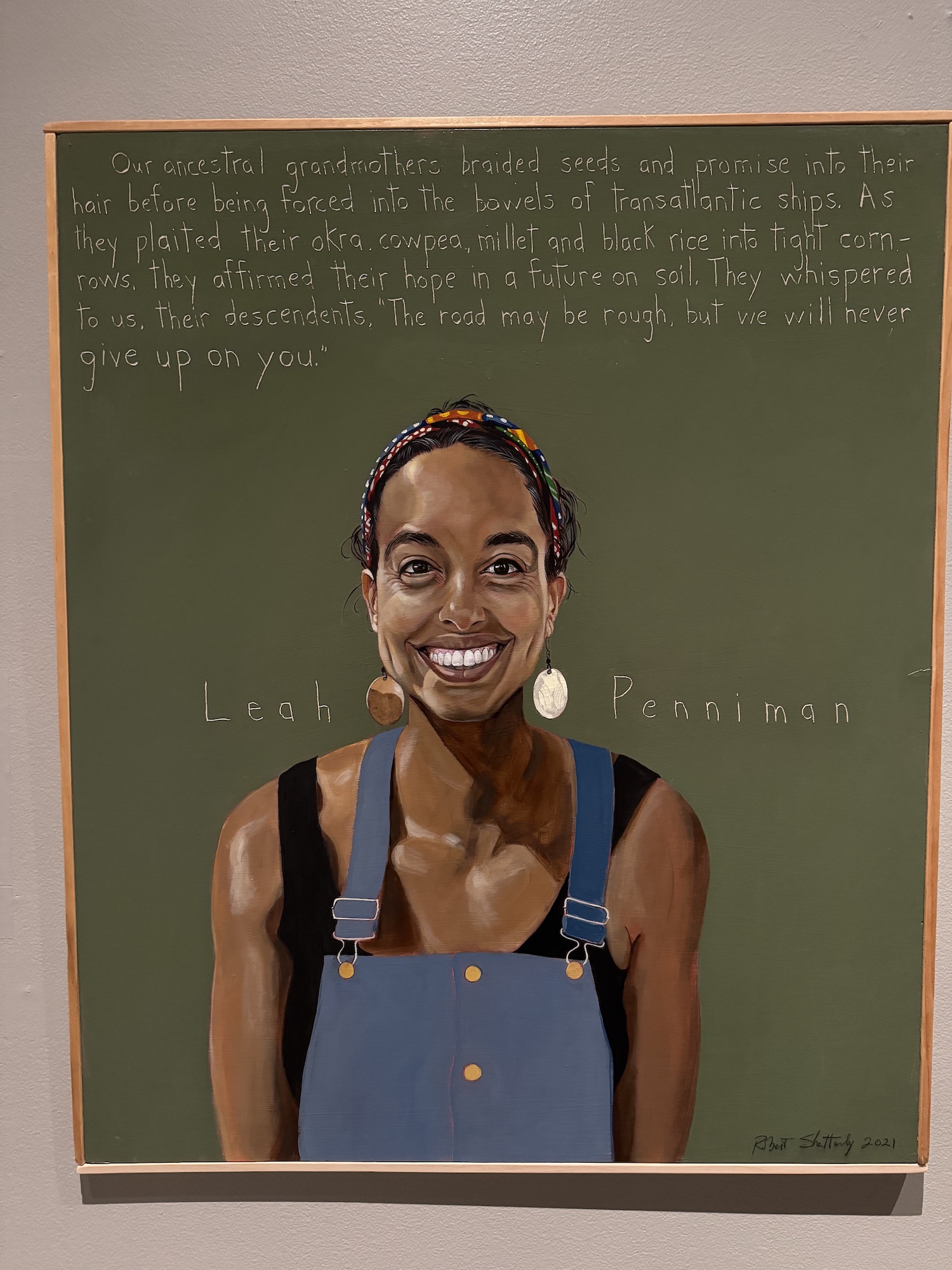 Yet, the figures who fascinated me most during our afternoon at the museum were those of whom I’d known nothing — not even their names — before seeing the exhibit. One of them was Leah Penniman, a food justice advocate and activist whose portrait exudes warmth and joy. Her quote is wonderful and worth repeating in full:
Yet, the figures who fascinated me most during our afternoon at the museum were those of whom I’d known nothing — not even their names — before seeing the exhibit. One of them was Leah Penniman, a food justice advocate and activist whose portrait exudes warmth and joy. Her quote is wonderful and worth repeating in full: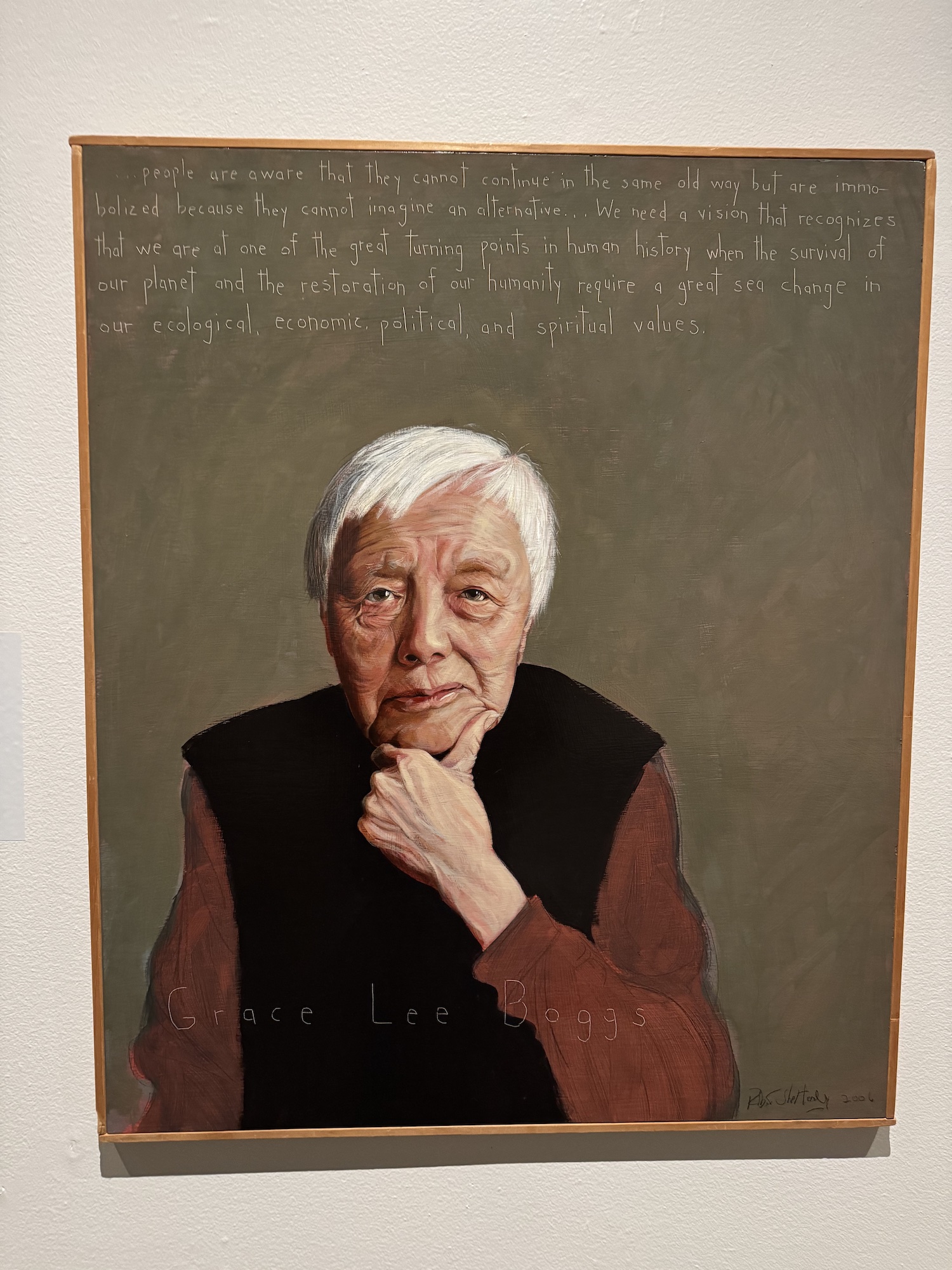 Another was Grace Lee Boggs, an author and community organizer, who gazes out from her portrait appearing tough, frank, unwilling to put up with any BS. Her quote:
Another was Grace Lee Boggs, an author and community organizer, who gazes out from her portrait appearing tough, frank, unwilling to put up with any BS. Her quote: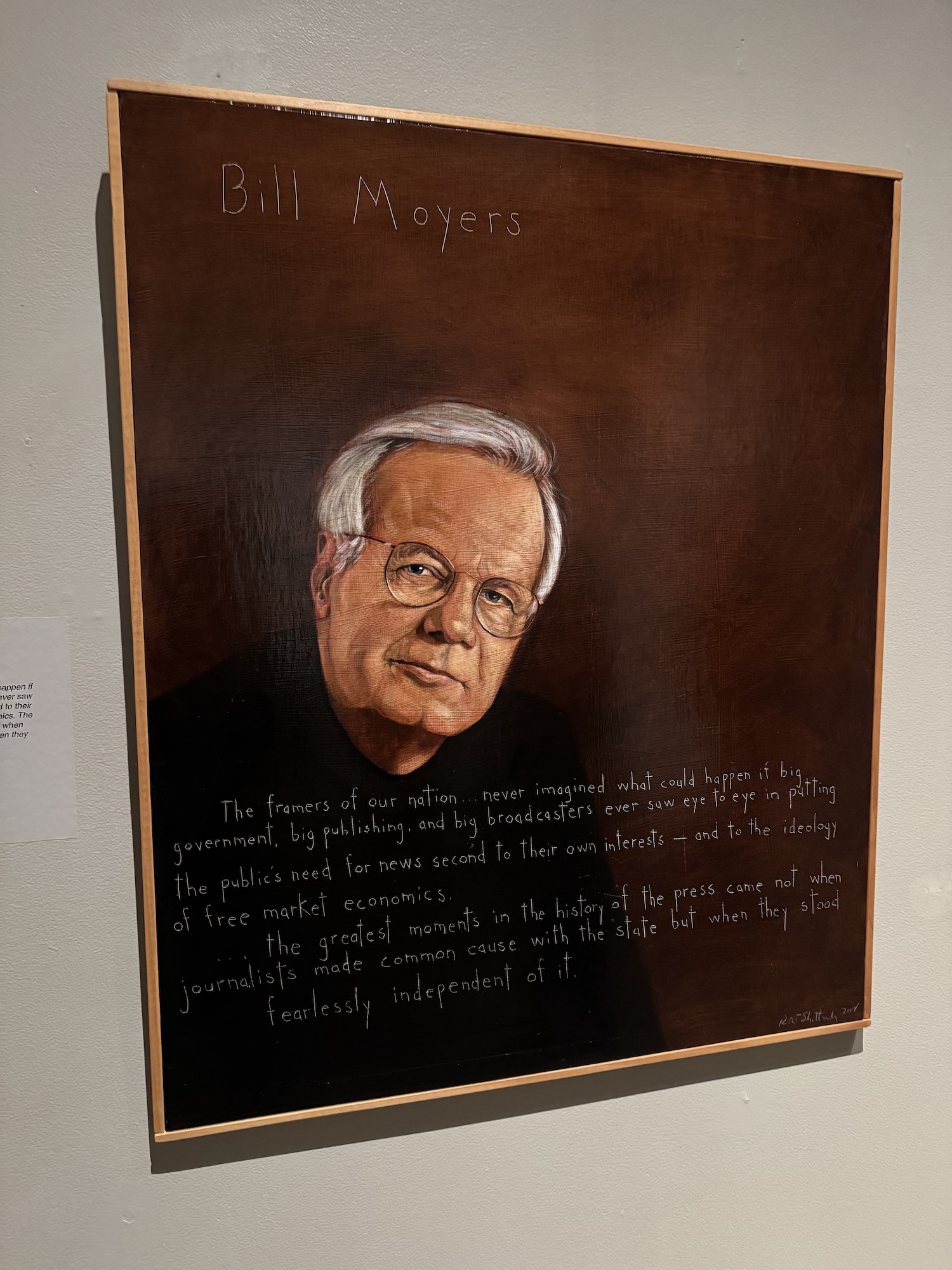 One of my favorite portraits was of a media hero of mine, PBS’s Bill Moyers. I will leave it to him to have the last word:
One of my favorite portraits was of a media hero of mine, PBS’s Bill Moyers. I will leave it to him to have the last word:
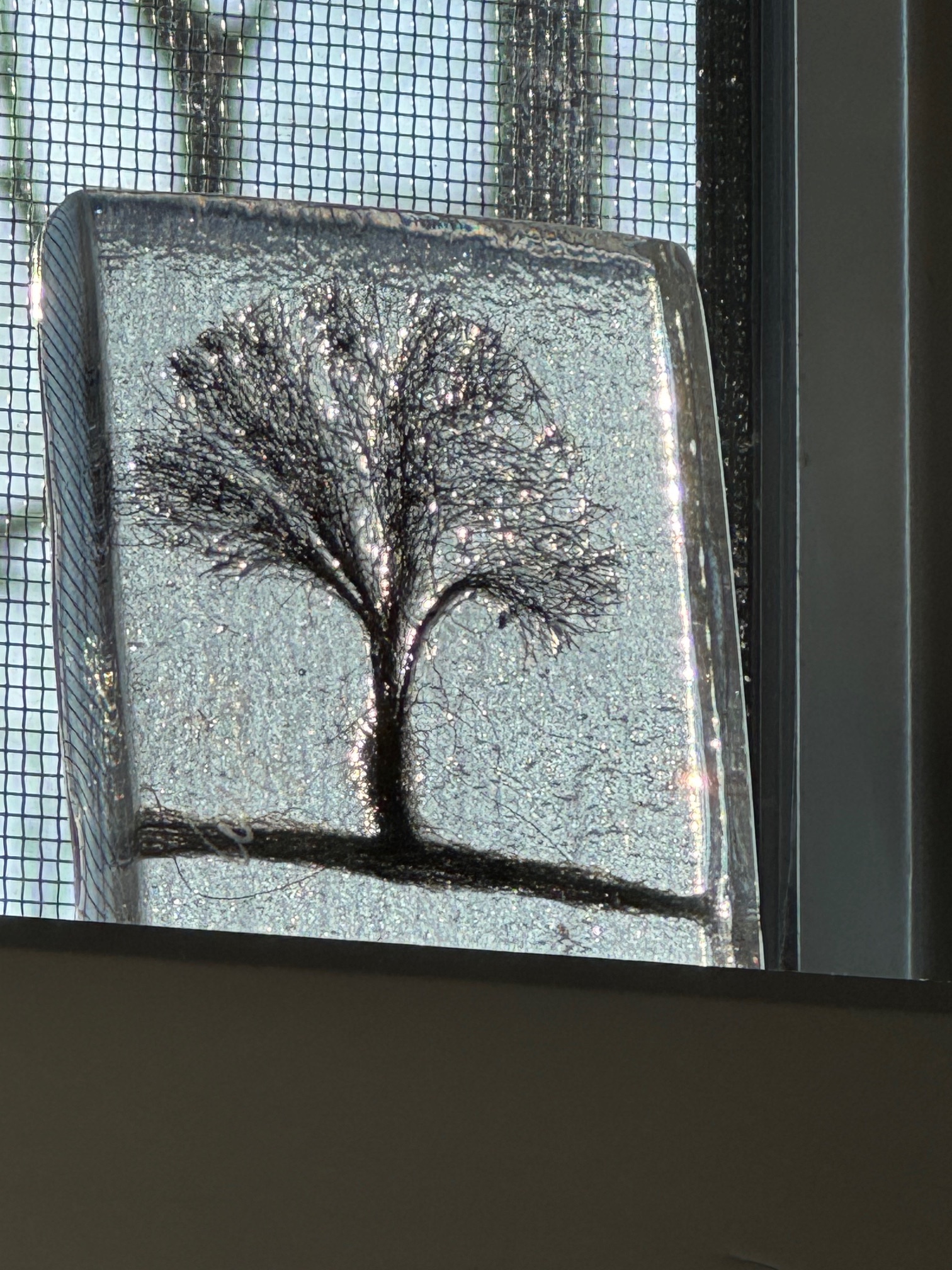 I kept it wrapped up even after we returned to the States. My plan was to open it once we were in our new house, which is what I did. It now sits in my office window, catching the late afternoon sun. And it reminds me of so much. That trip to Italy, which marked the beginning of my personal recovery from the trauma of losing Alex. That day in Venice, which was gloriously fun. The conversation with the kind shopkeeper, whose love for and pride in his father was palpable throughout our exchange. More, that little glass piece is an image of winter, and it sparkles like a gem when the sun hits it. It reminds me that even after a long cold winter, a time of grief and pain, there is always new life and the joy of a new spring.
I kept it wrapped up even after we returned to the States. My plan was to open it once we were in our new house, which is what I did. It now sits in my office window, catching the late afternoon sun. And it reminds me of so much. That trip to Italy, which marked the beginning of my personal recovery from the trauma of losing Alex. That day in Venice, which was gloriously fun. The conversation with the kind shopkeeper, whose love for and pride in his father was palpable throughout our exchange. More, that little glass piece is an image of winter, and it sparkles like a gem when the sun hits it. It reminds me that even after a long cold winter, a time of grief and pain, there is always new life and the joy of a new spring.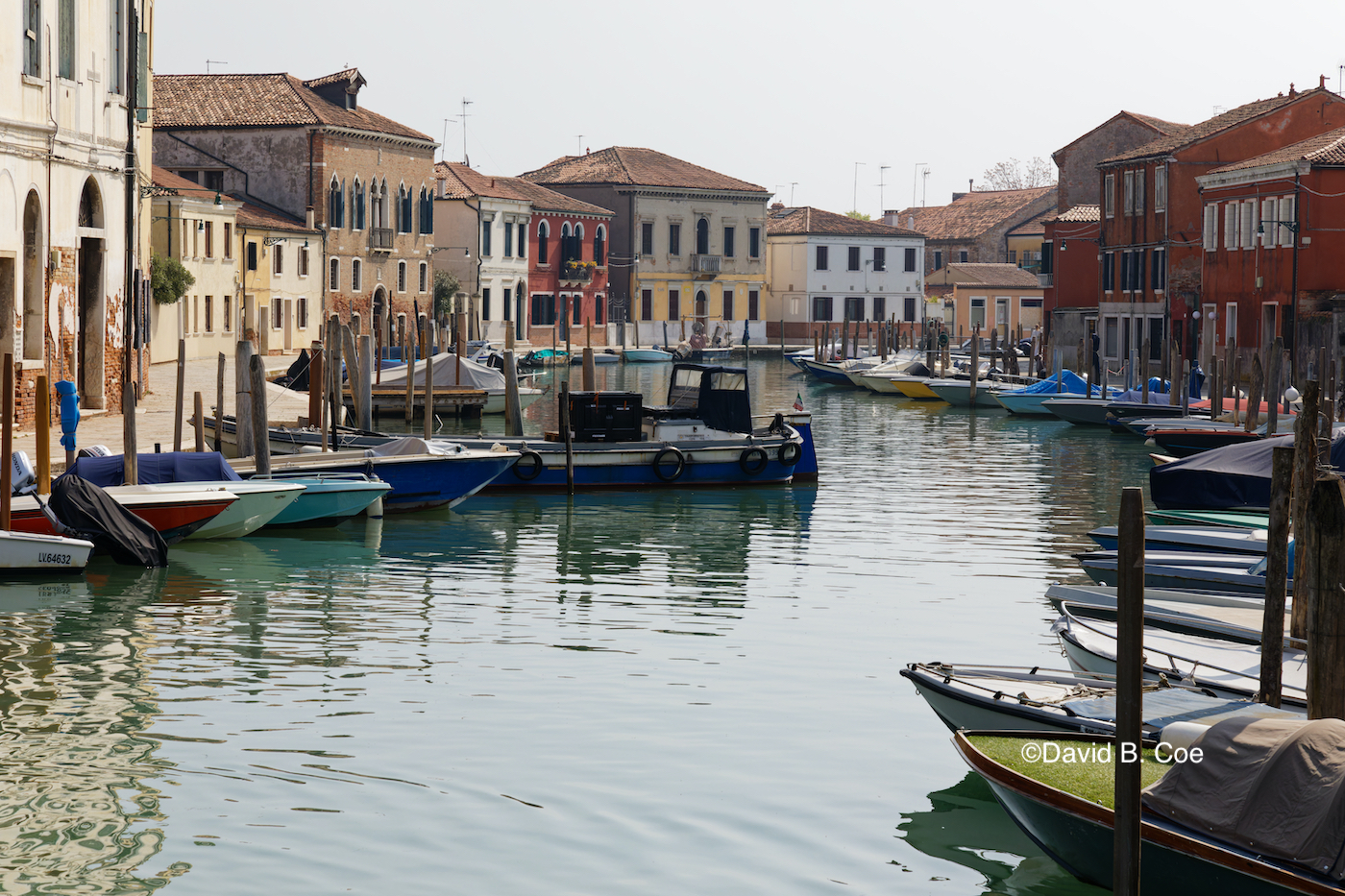 A cliché, to be sure. But as with so many clichés, it’s rooted in truth.
A cliché, to be sure. But as with so many clichés, it’s rooted in truth. What else have I got? Several years back, while attending a World Fantasy Convention, I bought signed prints of
What else have I got? Several years back, while attending a World Fantasy Convention, I bought signed prints of  We have a few nice pieces of art that once belonged to my parents. We have photos we purchased just outside of Zion National Park — photos of the park taken by photographer
We have a few nice pieces of art that once belonged to my parents. We have photos we purchased just outside of Zion National Park — photos of the park taken by photographer 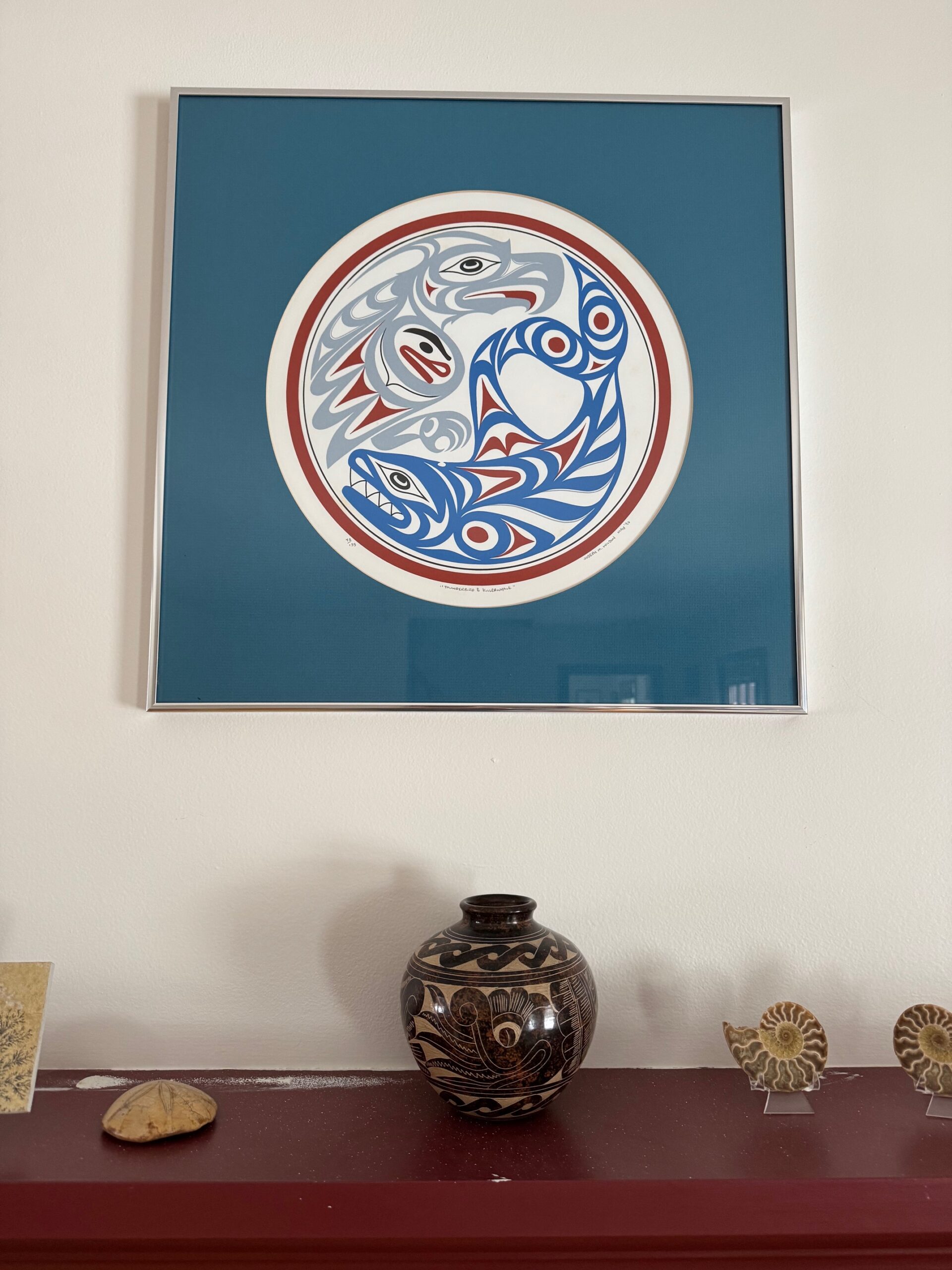 Of course, we have tons of smaller photos all around the house, of our darling daughters, of our parents and siblings, of friends, of our wedding.
Of course, we have tons of smaller photos all around the house, of our darling daughters, of our parents and siblings, of friends, of our wedding.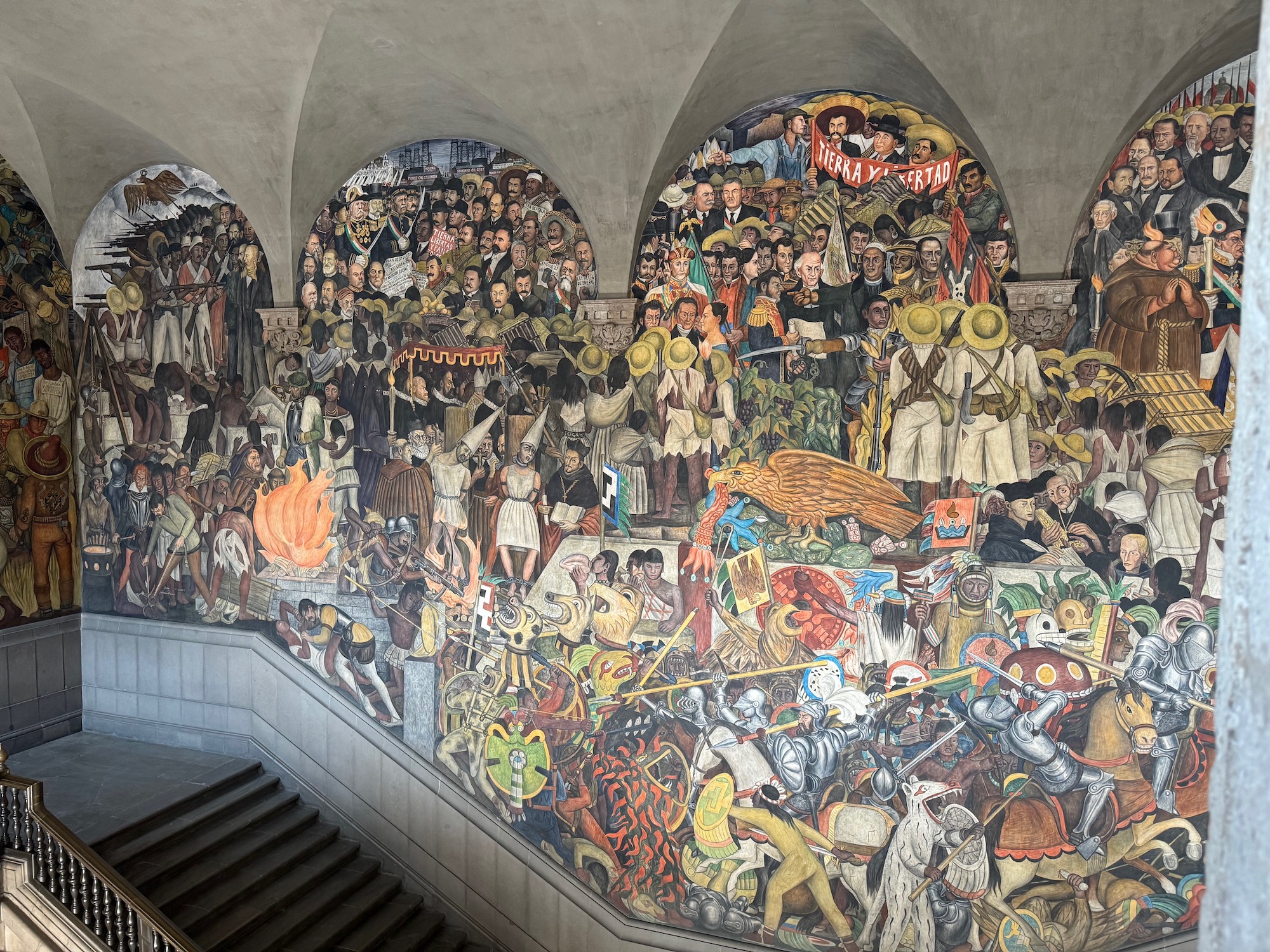
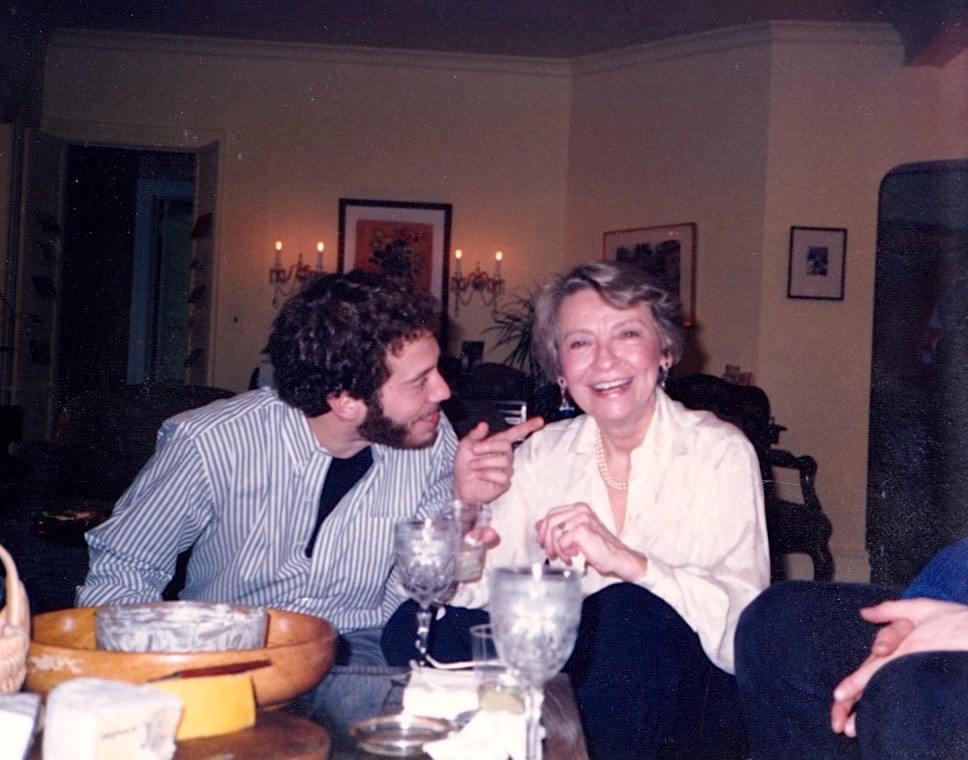 My mother would be 102 years old today, which speaks to a) how very old I am, and b) how uncommonly old she was when she and my father had me. I was born at the end of the Baby Boom, when most couples in their early-forties were done having children. Mom always worried that she would be too old to be a good mother to me, whatever that might have meant. She shouldn’t have worried. She was a wonderful mother — caring, involved, just intrusive enough to make me feel loved without being so intrusive that I felt smothered.
My mother would be 102 years old today, which speaks to a) how very old I am, and b) how uncommonly old she was when she and my father had me. I was born at the end of the Baby Boom, when most couples in their early-forties were done having children. Mom always worried that she would be too old to be a good mother to me, whatever that might have meant. She shouldn’t have worried. She was a wonderful mother — caring, involved, just intrusive enough to make me feel loved without being so intrusive that I felt smothered.